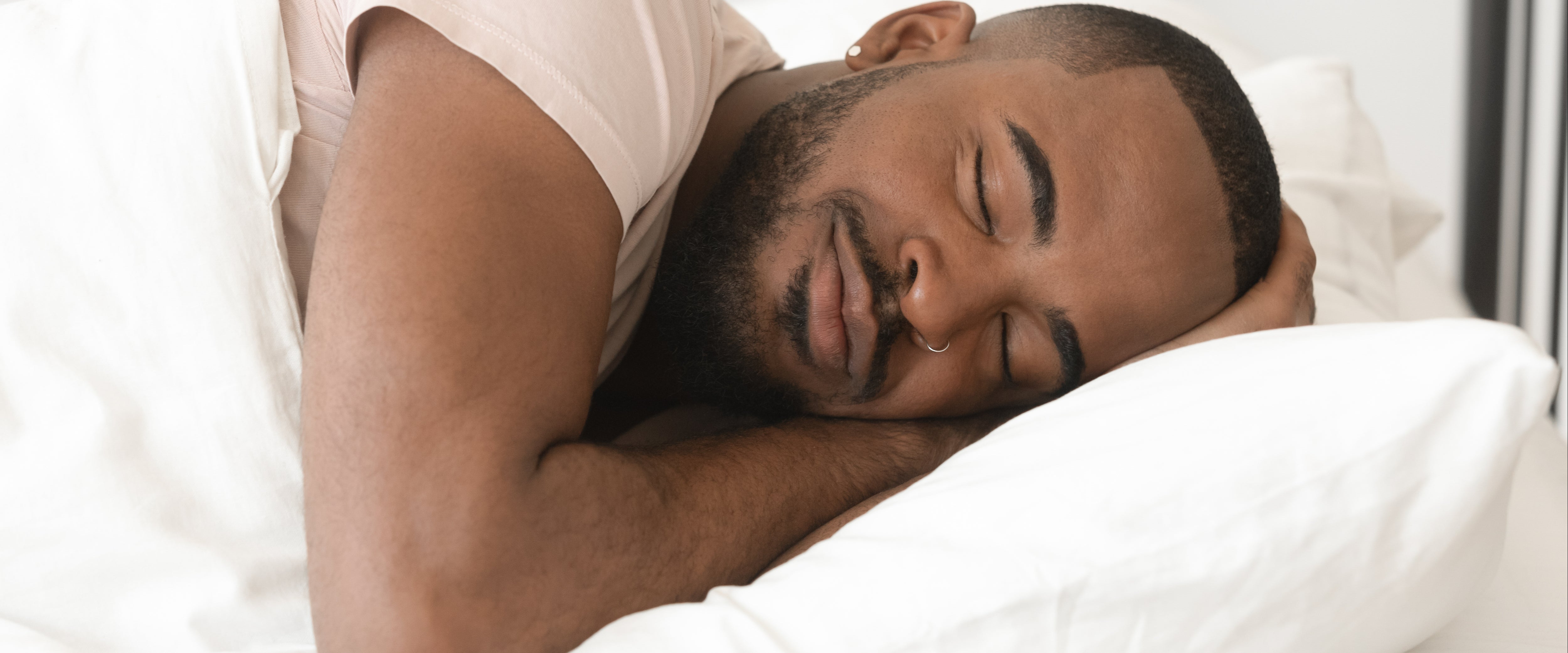How Often Should You Replace Your Pillow?

The cozy pillow you dream on every night harbors some unpleasant things, dried saliva, dead skin cells, dust mites, sweat, and pet fluff. You may not be able to see many of these things (apart from the stains) but they can harm your sleep health and physical health by activating allergies. If you’re wondering, how often should you replace your pillows? We delve into the topic further, here.
What makes old pillows unhealthy? The accumulation of dead skin cells, saliva, dust mites, and dander.
How Often Should Bed Pillows Be Replaced?
Replacing your pillows every 1-2 years ensures you’re sleeping on a clean and healthy surface. Allowing saliva, sweat, and dust mites to accumulate on your pillows activate allergies and can cause skin problems. If it’s not providing adequate support, it may be time to replace it with a fresh supportive pillow.
Why Is it Important to Replace Your Pillow?
You spend 7-9 hours enjoying your cozy pillow and mattresses every night. What makes old pillows unhealthy is the accumulation of dead skin cells, saliva, dust mites, and dander. Breathing this in and skin contact on the pillow can cause allergies and skin problems like acne.
Consider replacing pillows if there is:
- Build-up of odors
- You think dust-mites are present
- There is a lack of long-term neck support
- The pillow is flat and/or lumpy
When Is it Time to Replace Your Pillow?
How long should you keep a pillow? Take a good look at your pillow and how you feel when you wake up in the morning. If you notice any of the following, it may be time to consider replacing pillows.
- Permanent stains
- Noticeable lumps
- Waking up with a stiff or sore neck
- Sneezing related to dust mites
- Waking up with headaches
- Constantly having to fluff the pillow
- Pillow can be folded in half
- Increase in acne
How Long Are Pillows Supposed to Last?
|
Pillow Type |
Average Lifespan |
|
Memory Foam |
12-36 months |
|
Down |
12-36 months |
|
Feather |
18-36 months |
|
Latex |
3+ years |
How Choosing the Right Pillow Can Improve Your Sleep
Changing pillows can:
- Reduces allergies
- Improves neck and back pain
- Better quality sleep
- Alleviate neck and back strain
- Could improve headaches
How often should you buy new pillows will be determined on the type of pillow and how it’s being treated. How often should you replace bed pillows will be much less if you’re using a pillow protector and cleaning bedding regularly.
How to Take Good Care of a Pillow
- Wash your pillows regularly if machine washable, every 3-6 months
- Wash your pillowcases regularly in hot water
- Use a pillow protector and wash regularly
- Change your pillowcases every 3 days if you suffer from skin problems like acne and psoriasis
How Often Should You Clean Your Pillow?
Cleaning your pillow regularly keeps allergies at bay and can prolong the lifespan of the pillow. Wash your pillows every 3-6 months. Check the label and machine wash on a hot cycle or dry clean if necessary. A clean pillow could also improve skin problems by sleeping on a clean surface every night.
How to Properly Clean Your Pillow
How long do pillows last will depend on how often you wash your pillow? To clean adequately, remove the pillowcase and wash it on a hot setting. Vacuum the pillow, treat any stains, and machine wash on a hot setting if possible. Otherwise a professional dry clean will remove stains and freshen the pillow
How to Protect Your Pillow
When should you throw away a pillow will be less of a concern if your pillow is protected. A pillow protector can prolong the lifespan of your pillow and limit allergies and skin conditions. A mattress protector, clean sheets, and pillowcases can also keep your pillow clean, comfortable, and could prolong its lifespan.
Tips for Memory Foam Pillows
How often should you replace a memory foam pillow is a concern for those wondering how long do memory foam pillows last. If you live in a cold climate, memory foam can get firm and uncomfortable. To counteract this, you can ensure your bedroom is kept at a cozy temperature. A bedroom of 60-67 degrees Fahrenheit is an optimal and comfortable sleep temperature.
Bonus: How Often Should You Replace Your Mattress and Bedsheets?
Washing your sheets once per week ensures a clean and healthy sleep surface. Replace your sheets when they become uncomfortable, worn out, or have stains that can not be removed. Check out our Tencel™ cooling sheet set or see our Bedding Types Guide to learn more about bedding options.
Disclaimer: Nolah does not provide medical advice. All resources on the Nolah blog, including this article, are informational only and do not replace professional medical counsel. Talk to your doctor about any health, mental health, or sleep-related issues.


